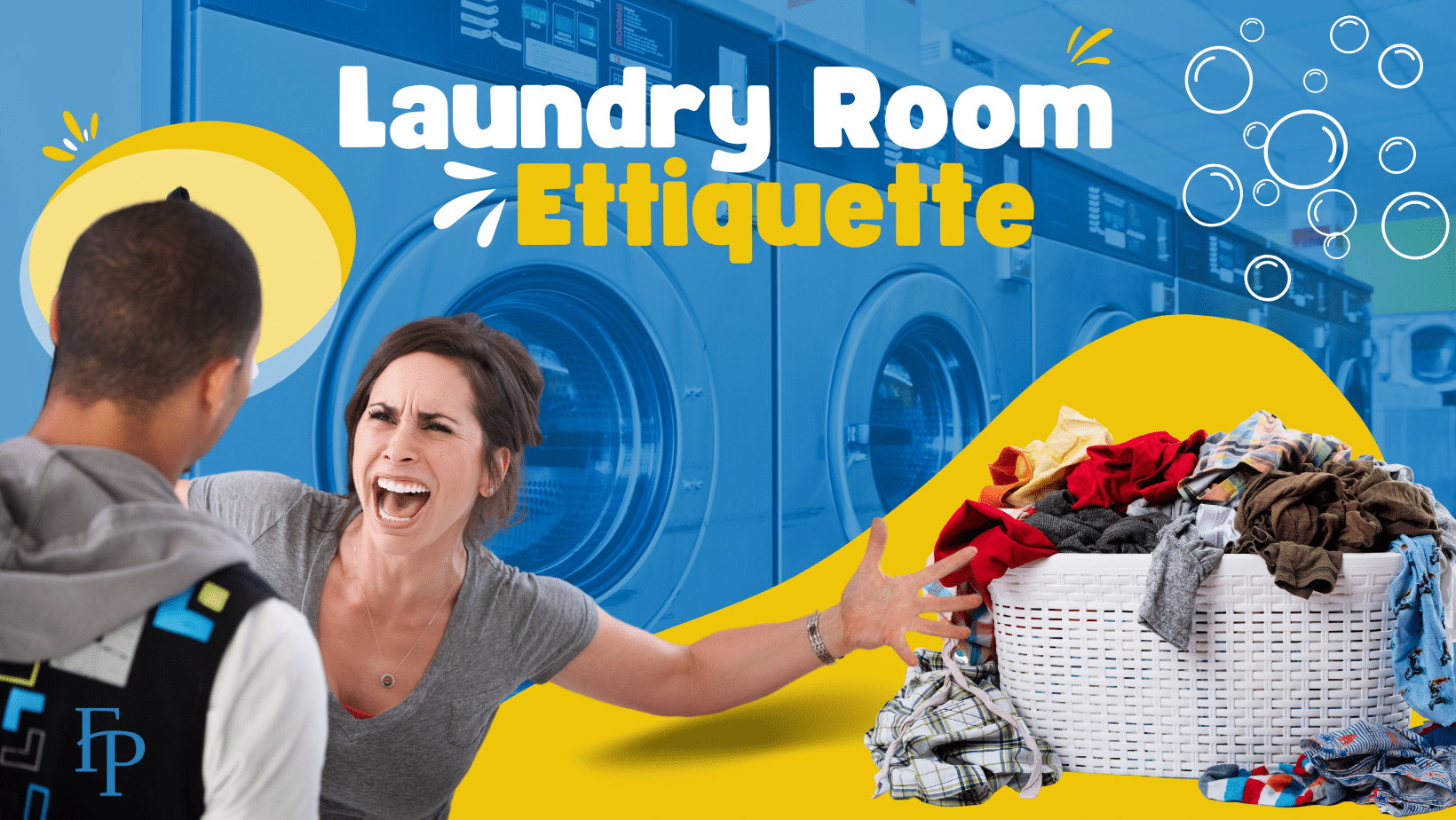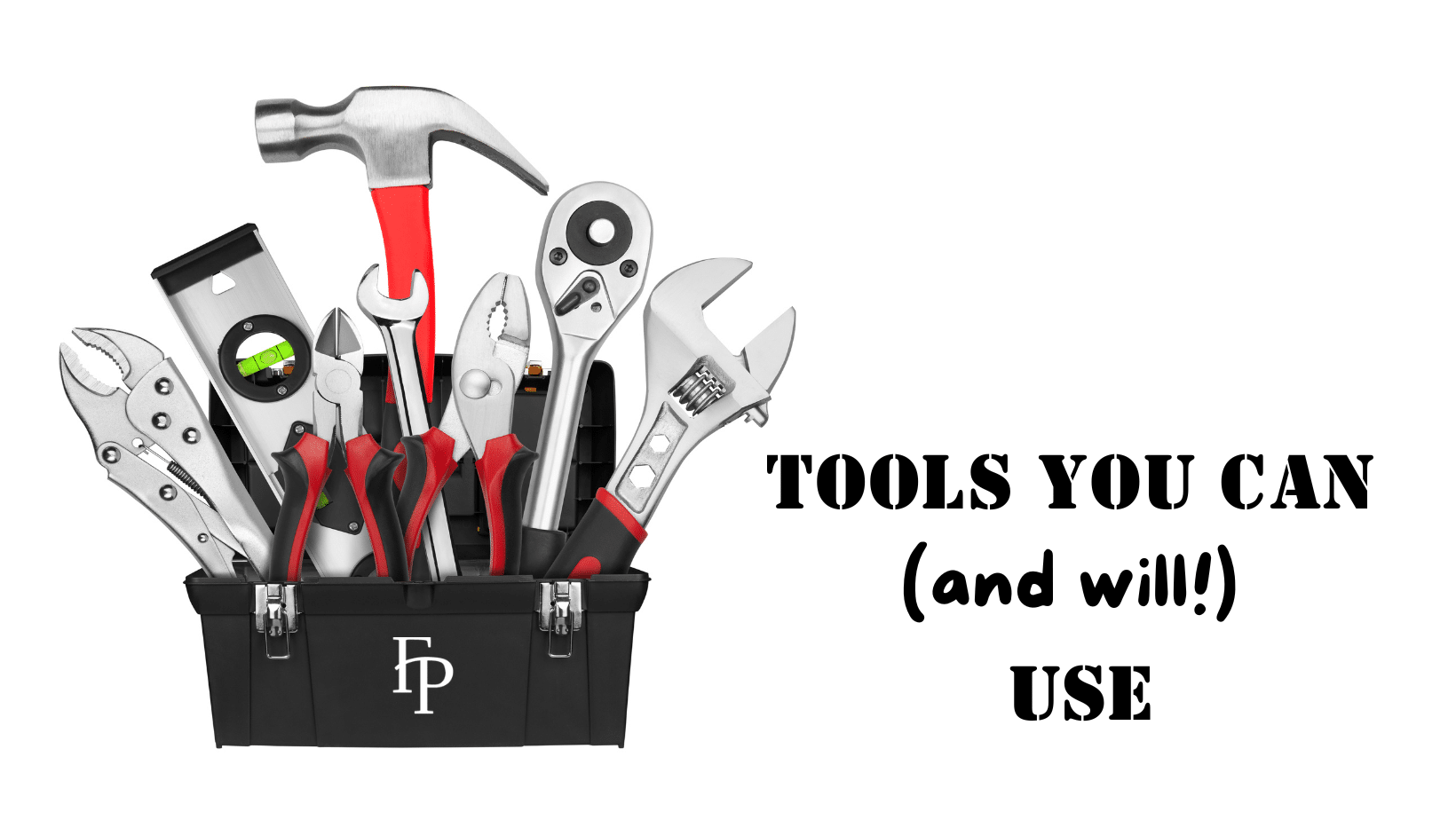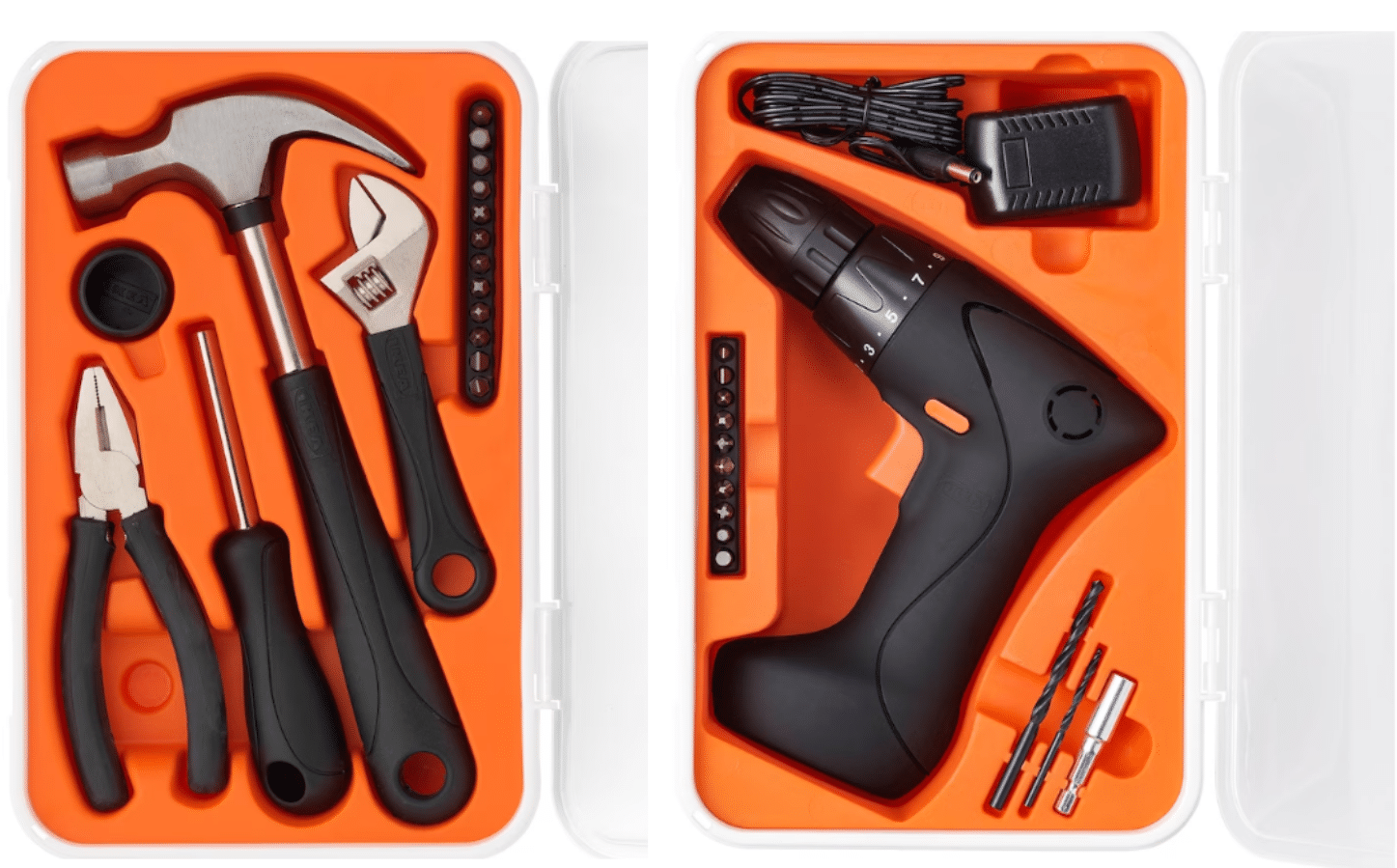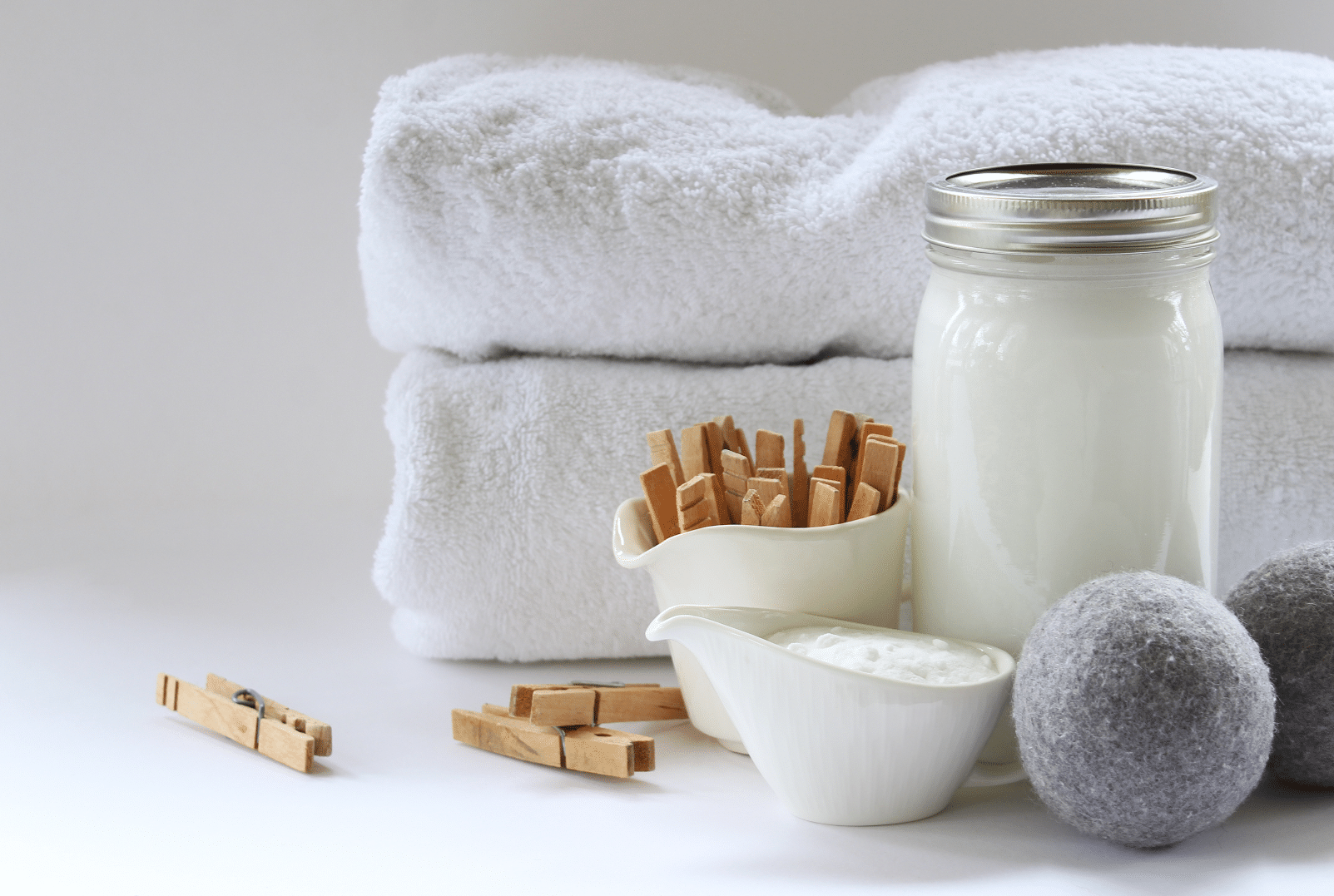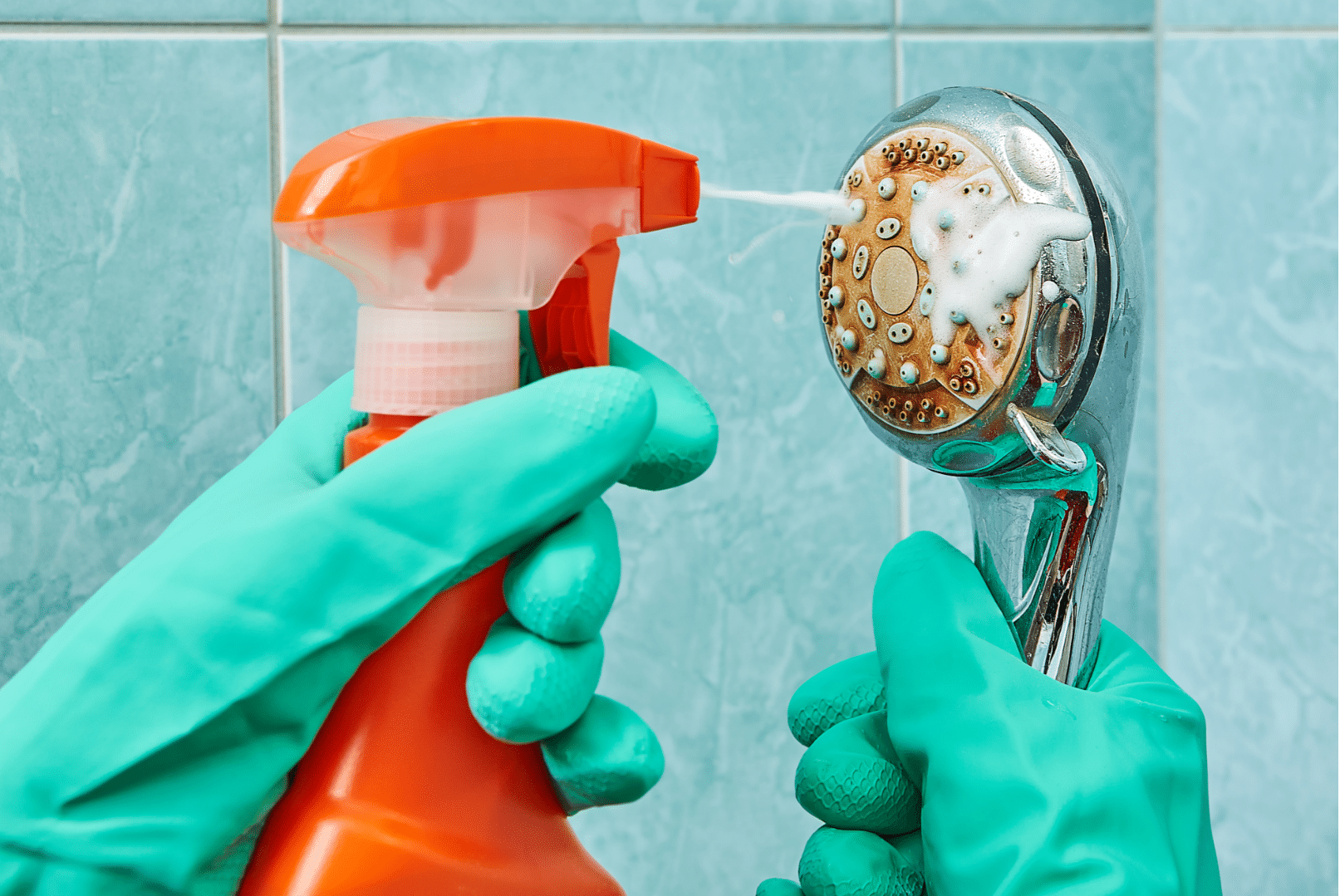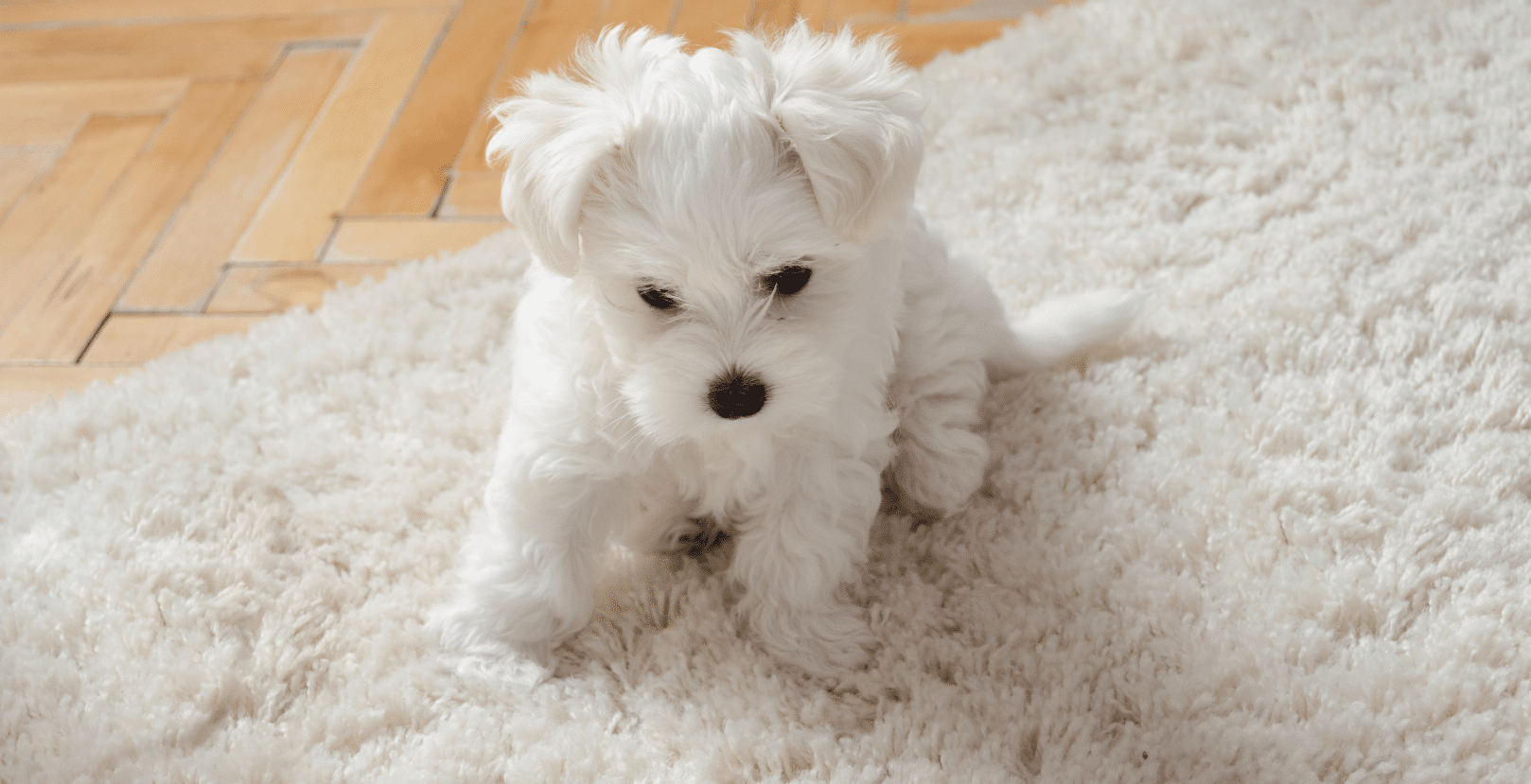Oh no they didn’t…!
“I want my laundry day to go that ^^^ way!” said no one ever. Laundry is a chore even when you’re fortunate to have a washer and dryer in your home. But doing laundry in a shared laundry facility – whether a public laundromat or apartment community laundry center – adds an additional layer of things that can make this chore even less fun. From the wait for machines, to unkind or rude fellow launderers, to noisy kids, to blatant disrespect for you, your stuff, and the place – whew. It makes you wish we could all just spray on our clothes or be naked all the time, right?
So what can we do to make this task less tedious for everyone? Well, you could always pay someone to wash your clothes for you. But, if like most of us, you’d rather spend your money on a long weekend in Florida, a shopping spree to jump start your spring wardrobe, or just a nice dinner out with adult beverages, let’s establish some Emily Post-ish laundry room etiquette we can all use. Typically, laundry etiquette can be tossed out like an old dryer sheet, especially in a communal setting. Whether you’re an apartment newbie or an experienced renter, sometimes airing your dirty laundry in a public space can leave everyone’s patience stuck in the spin cycle.
Be prepared. Yes, channel your inner Boy or Girl Scout and be prepared:
- Sorting your stuff before you leave your apartment.
- Pre-treat stains in advance so you won’t need to lug an extra product with you.
- Check your pockets for loose change, that winning lotto ticket, tissues, or anything else that you’ll regret washing.
- Get enough quarters to wash and dry all your loads.
Be courteous. Hello Emily Post, and Philip Galanes.
- Don’t play Monopoly with the machines; in other words, don’t hog them all or leave your stuff in them after the cycle is complete.
- Set a timer on your phone if you go to errands, go for a coffee, or go for a brisk walk. Washing a load of laundry typically takes 30 to 40 minutes, and drying takes 45 minutes to an hour. Time yourself to return before the cycle ends.
- If someone else’s clothes are sitting in a stopped machine unattended for more than five minutes (10 if you’re exceptionally kind), move them with care. Neatly place the clothes on a clean surface above or near the machine. If rolling carts are available, you could place the clothes in one. Do not place the clothes in a dryer (clothes are easy to ruin, and you don’t want to be responsible for the shrinkage of their merino wool sweater) and certainly don’t place them on the floor (unless you want to be forever known as “that a$$hole).
- Clean the lint screen after using the dryer. Shared lint = ew.
- Use the appropriate amounts of detergent, bleach, or fabric softener so as to not leave soap or bleach residue which could affect the next person’s load of laundry. They also might be allergic to your detergent or have a thing for some scents.
Be clean. I know, your there to clean, but people can be dirty while simultaneously trying to be clean. To wit:
- Wipe up, rinse, and dry any and all spills.
- Toss empty detergent, bleach, fabric softener, and stain remover containers in the trash can.
- Toss used fabric softener sheets in the trash.
- Toss lint from your dryer in the trash.
- Don’t bring you cat or dog to keep you company especially if they shed.
- Don’t throw everyday trash in the laundry room bins especially if that trash is food-related garbage.
Be mindful. Most people don’t enjoy doing laundry, but you can improve the experience for everyone by staying in a good mood and being polite.
- Offer to help anyone struggling to use the equipment or fold that king-size fitted sheet (here’s how).
- Resist the urge to gaze deeply at someone else’s underthings.
- Use headphones or earbuds to enjoy music, a video, or a podcast.
- Leave the room to take or make a call. No one wants to listen to a one-sided conversation.
- Make sure there are seat for everyone by not filling seats with your supplies, coat, purse, or backpack.
- If you bring your kids along, keep them as quiet as possible and seated. Tough, I know!
SUPPLIES YOU’LL NEEED
.When it comes to lugging laundry, smaller is better!
- Fill a smaller container from your larger detergent or bleach bottle to reduce carrying weight.
- Take a small laundry basket to leave on or next to your machine. That way, there’s a place for your stuff if someone need to move them after the cycle ends. Did you know that the big blue bag from IKEA makes a great laundry basket? It folds flat for each storage and it’s easy to carry with the dual shoulder straps. The bag is also virtually indestructible and cheap. If you don’t live near an IKEA 1) I’m sorry and 2) you can get one on Amazon!
- Payment method. Your laundry room may use cards you can pre-load, so make sure you bring that and a payment method along to reload your card if needed. If the machines still take coins, save a trip back to your apartment (or the bank!?!) by bringing double the number you expect to use.
So there you have it. A few simple suggestions about laundry room etiquette that will make this chore less annoying. Now go separate your colors from your whites, grab some detergent and some quarters, and get that pile of dirty clothes washed, dried, folded, and put away. You got this!
